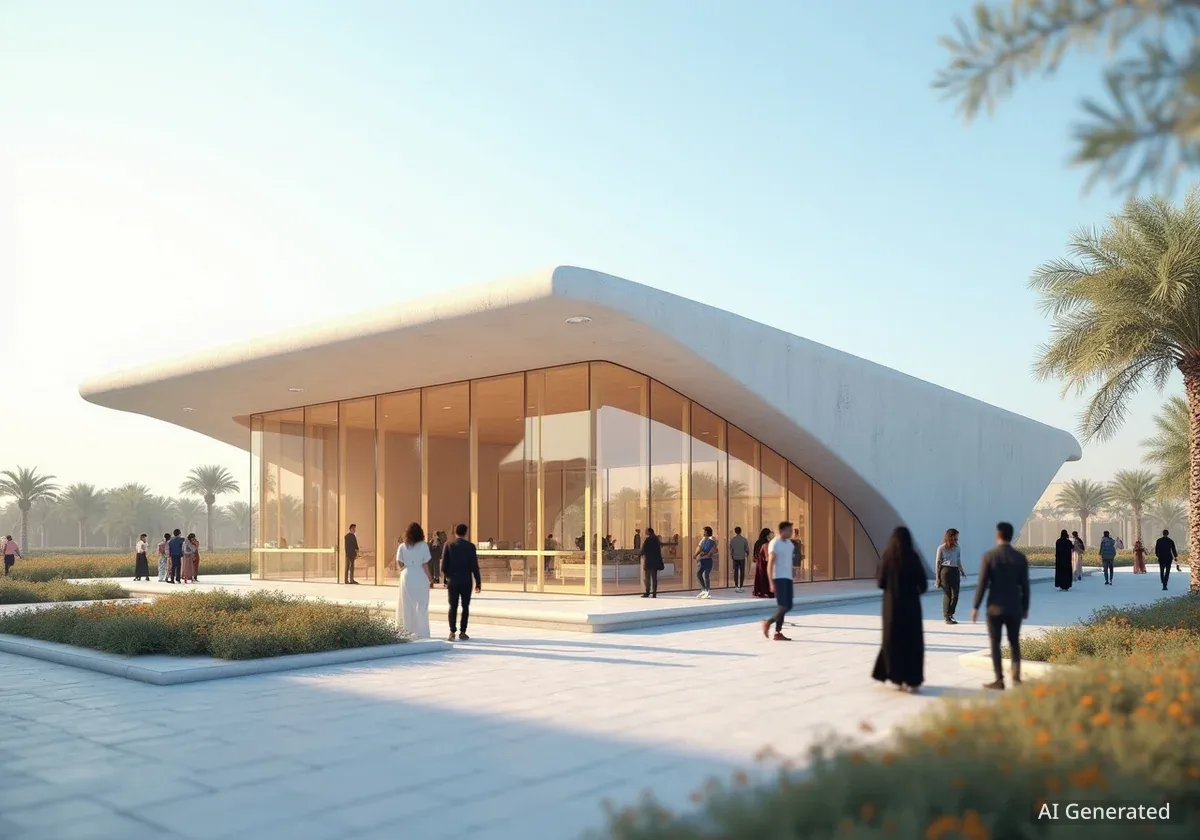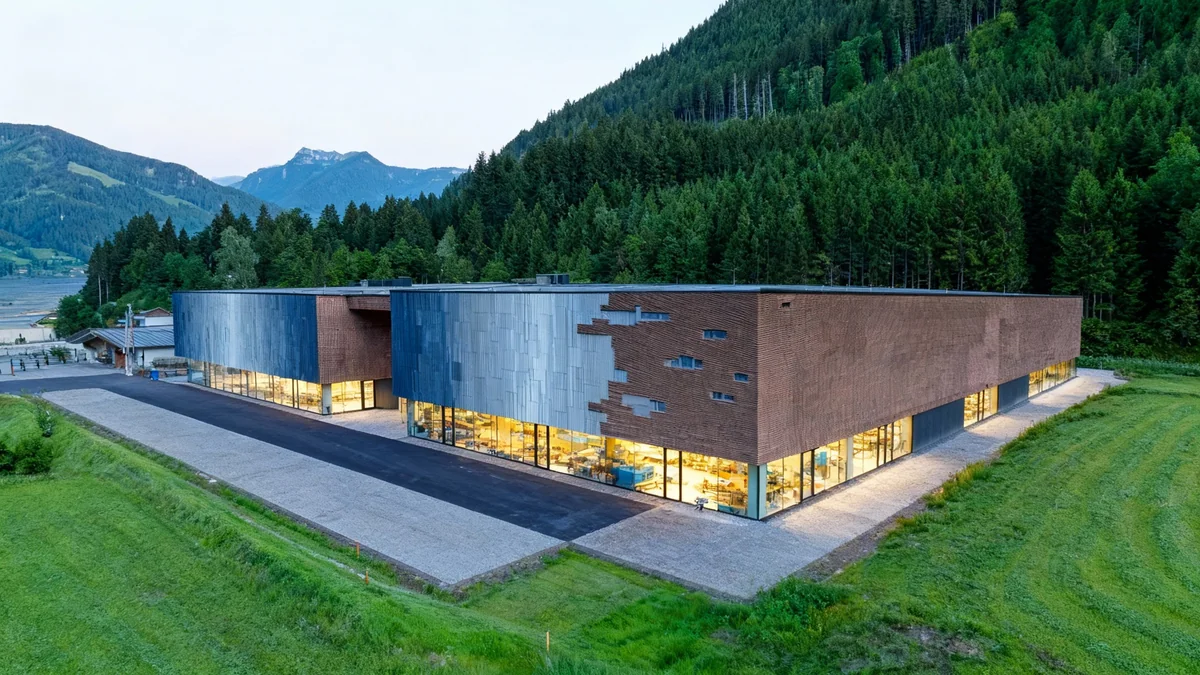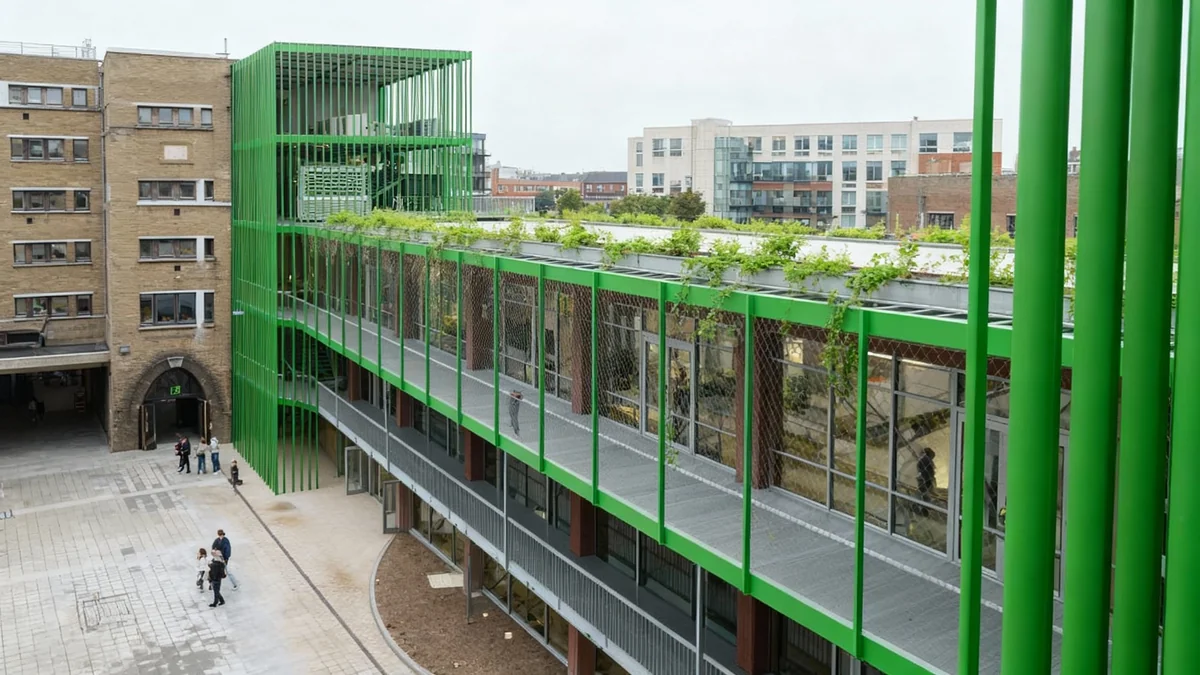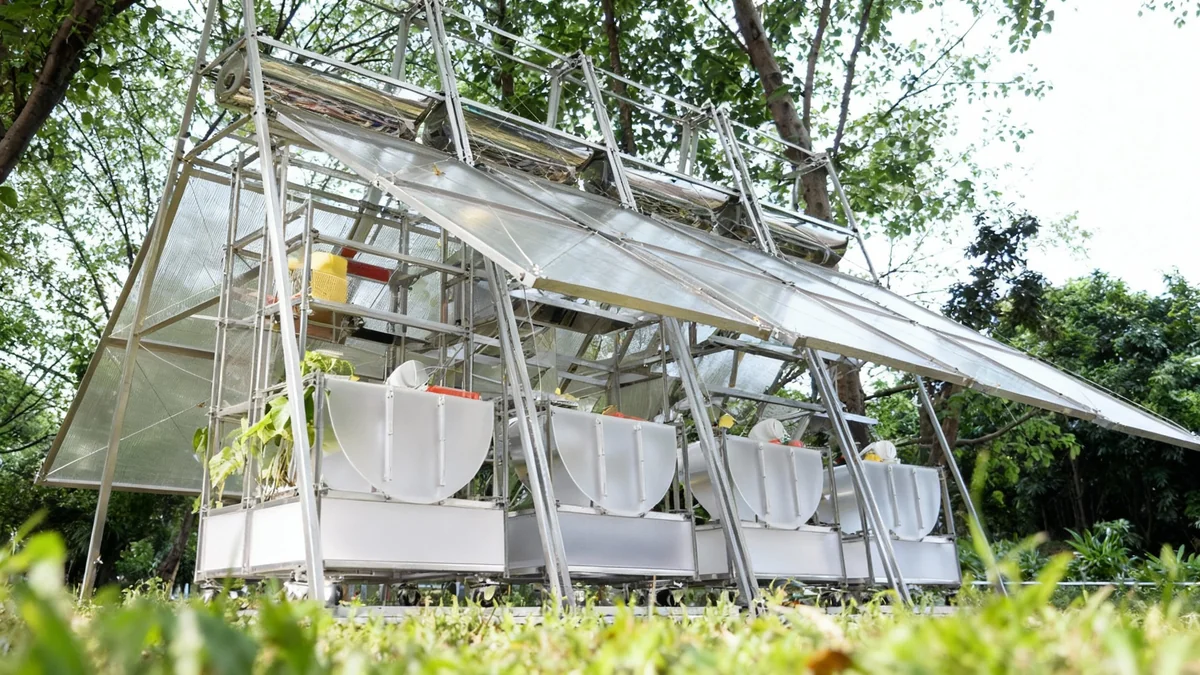The Kingdom of Bahrain's Pavilion at Expo 2025 Osaka has received the Gold Award for Best Architecture and Landscape. The pavilion, named "Connecting Seas" and designed by Lina Ghotmeh – Architecture, won in the self-built pavilions category for structures under 1,500 square meters. This recognition from the Bureau International des Expositions (BIE) highlights its excellence in spatial design, creativity, and sustainability. The award ceremony took place in Osaka, Japan, with many international representatives attending.
This achievement marks Bahrain's fourth involvement in a World Expo. It shows the country's ongoing dedication to showcasing its national identity through architectural innovation and cultural discussion. The Bahrain Authority for Culture and Antiquities (BACA) commissioned the project, emphasizing a commitment to sustainable design and profound visitor experiences.
Key Takeaways
- Bahrain Pavilion won Gold for Best Architecture and Landscape at Expo 2025 Osaka.
- The pavilion, "Connecting Seas," was designed by Lina Ghotmeh – Architecture.
- It was recognized for architectural excellence, creativity, and sustainability.
- The design draws inspiration from Bahrain's maritime heritage and traditional dhow boats.
- The structure is demountable, recyclable, and uses passive ventilation for natural cooling.
Bahrain's Vision and Design Philosophy
Shaikh Khalifa bin Ahmed bin Abdullah Al Khalifa, President of BACA and Commissioner General of the Bahrain Pavilion, expressed pride in the award. He highlighted the collaborative effort of "Team Bahrain" in bringing the country's vision to life. This recognition reinforces Bahrain's position as a significant center for architecture and culture in the region.
"This recognition reflects Bahrain's role as a creative hub for architecture and culture in the region," Shaikh Khalifa bin Ahmed bin Abdullah Al Khalifa stated. "The Pavilion is a testament to sustainable design and offers a profound visitor experience, immersing audiences in Bahrain's rich history and cultural depth."
The design, led by Lebanese-French architect Lina Ghotmeh, draws directly from Bahrain's rich maritime history. It references traditional dhow boats, which were central to the country's shipbuilding industry. This historical connection is reinterpreted into a contemporary architectural form, blending past and present.
Key Design Facts
- Primary Material: Timber
- Outer Layer: Aluminum skin
- Sustainability: Demountable and recyclable structure
- Cooling System: Passive ventilation and natural cooling from sea breeze
- Location: "Empowering Lives" zone at Expo 2025 Osaka
Sustainable Construction and Environmental Integration
The pavilion's construction emphasizes sustainability. It is built mainly from timber, with an outer skin of aluminum. This approach reinterprets traditional boat-building methods using modern materials and techniques. The structure is designed to be easily disassembled and recycled after the expo concludes.
Environmental strategies are central to the pavilion's functionality. It incorporates passive ventilation and natural cooling, utilizing the sea breeze. This reduces the need for mechanical cooling systems, making the building more energy-efficient. The design demonstrates a thoughtful approach to environmental impact.
Architectural Context
The Bahrain Pavilion is located in the "Empowering Lives" zone of Expo 2025 Osaka. It occupies an area of 995 square meters and stands 13.7 meters tall across four levels. Its position directly overlooks the sea, creating a strong visual and thematic link between its physical form, materials, and coastal surroundings. This integration enhances the visitor experience, connecting the building to its natural and historical context.
Immersive Cultural Experience Inside the Pavilion
The interior exhibition provides a multi-sensory journey into Bahrain's past. Developed in collaboration with Shepherd Studio and under Ghotmeh's artistic direction, it explores Bahrain's historical significance as a maritime crossroads in the Arabian Gulf. The exhibition highlights themes of connectivity and exchange.
Various artists and researchers contributed to the interior content. These include Sissel Tolaas, Hassan Hujairi, and La Méduse. Their work delves into important aspects of Bahraini culture and history, such as trade routes, traditional crafts, the ancient pearling industry, and ecological narratives. This collective effort creates a rich and engaging experience for visitors.
Exhibition Themes
- Trade: Highlighting Bahrain's role in historical trade networks.
- Craft: Showcasing traditional Bahraini craftsmanship.
- Pearling: Exploring the deep history of pearl diving.
- Ecology: Discussing environmental narratives and marine life.
Expo 2025 Osaka: A Global Showcase
The exhibition at Expo 2025 Osaka aligns with the central theme, "Designing Future Society for Our Lives." This global event brings together diverse national pavilions, each presenting innovative visions from their respective countries. The expo serves as a platform for international dialogue on future societal challenges and solutions.
Many renowned architectural firms contributed to the diverse range of pavilions. For example, Coledfy and CRA-Carlo Ratti Associati designed the French Pavilion. Trahan Architects created the USA Pavilion, while Kengo Kuma & Associates designed the Portugal Pavilion. Atelier Brückner worked on the Uzbekistan Pavilion, and Foster + Partners led the design for the Kingdom of Saudi Arabia Pavilion. These contributions showcase a wide spectrum of architectural thought and national expression.
As Expo 2025 Osaka concluded on October 13, 2025, the event left a legacy of innovation and cultural exchange. The Bahrain Pavilion's Gold Award stands as a significant highlight, demonstrating excellence in architectural design and a commitment to sustainable practices on a global stage.
Visitors to the expo had the chance to explore these diverse structures and engage with the future-focused themes presented by participating nations. The event underscored the importance of international collaboration in addressing global challenges through design and culture.




